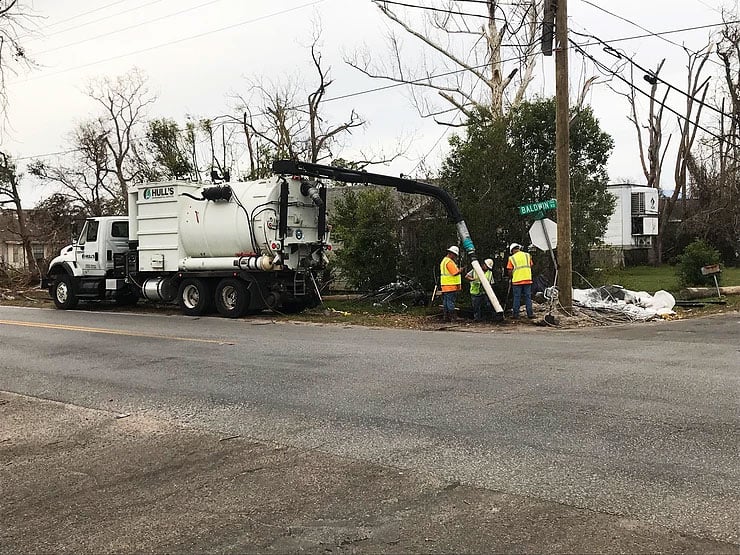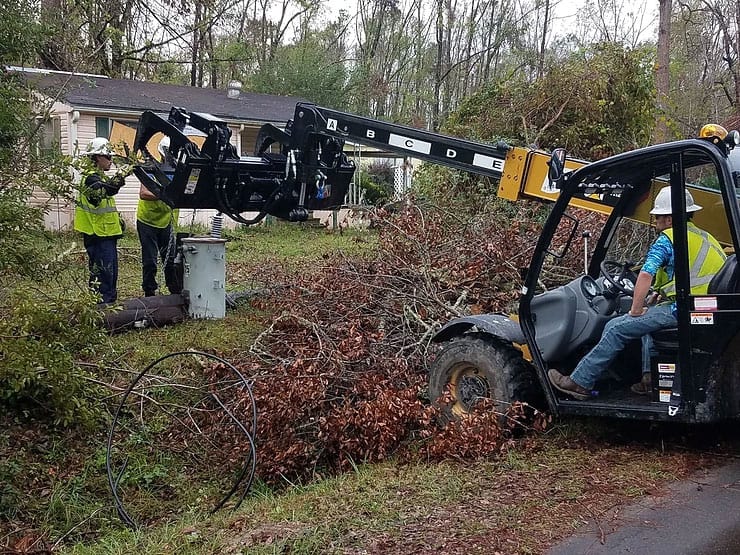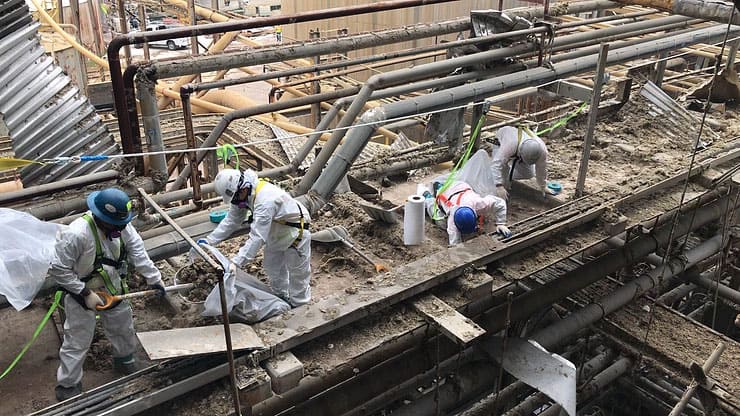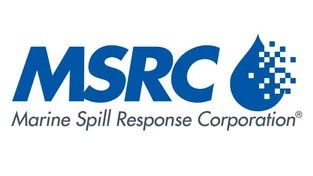The path of destruction left by Hurricane Michael is hard to grasp without seeing it for yourself. I’ve never seen anything like it before.
The power of mother nature is evident in the decades old trees that were snapped like toothpicks; innumerable missing or damaged roofs highlighted by blue tarps; store signs bent over and stripped down to their metal structure; debris covering roads, parking lots and yards for miles upon miles; mangled utility wires, poles and transformers strewn across sidewalks and easements; boats piled up on one another like toys.
Regardless of the circumstances, residents and businesses alike have to draw on their community and resilience to recover. As a local business in the Panama City, Hull’s was proud to directly help our customers get back up and running. The work will continue for weeks and months ahead. Here are a few examples of working being conducted following Hurricane Michael:
For this post-storm cleanup and recovery work illustrated above, Hull’s used HAZWOPER trained, four-person crews to navigate through both commercial and residential areas impacted by the storm to recover assets for a local utility. The scope of work consisted of debris clearing and removal in order to safely work the surrounding area; transformer recovery, transportation and staging utilizing a pneumatic telehandler, truck and trailer; environmental remediation of any oil impacted soil or surfaces through means of excavation or sorbent product; and utility pole recovery by gathering, loading and transporting to a staging area.

When falling power poles, transformers and electrical lines are present, there are inherent dangers to the public. Those dangers are visible and obvious. What’s not always evident, however, are oils that can leak from damaged transformers and eventually permeate the soil. Depending on the age of the transformer, the oils can potentially contaminate the soil with polychlorinated biphenyls, otherwise known as PCBs.
Fortunately, Hull’s Environmental Services maintains a fleet of vacuum trucks used to remove liquids, semi-solids and solids from a variety of environments and their versatility enables them to be used in numerous ways. In this scenario shown above, mechanical excavation of the soil was not an ideal option. Instead, an industrial loader vacuum unit was dispatched to perform “soft dig” excavation in various locations around the city. Soft dig, or vacuum excavation, uses air to break up and remove soil or other solids. With the help of hand shovels to assist in loosening the soil, these machines vacuum remove the impacted soil while greatly reducing the risk of severing or damaging underground utilities due to this minimally invasive approach – a much safer methodology than mechanical excavation utilizing a backhoe or mini excavator.
The fury of Hurricane Michael’s 150+ mph winds left virtually no building or structure without some sort of damage. Some structures fared better than others, illustrated by a local industrial facility that sustained severe damage resulting in the shutdown of the entire operation for nearly a month.
Because the building, piping, equipment and infrastructure endured so much damage, a long list of repairs was needed to bring the facility back online. To enable ingress and egress to the facility. Hull’s conducted a wide range of tasks with debris clearing and removal taking center stage.
In terms of more extensive environmental services, a variety of other cleanup tasks were conducted which enabled the facility to slowly get back to being fully operational. Following the debris clearing and removal, confined space entry was performed on water filtration tanks littered with mangled sheet metal, vegetation and general debris resulting from covers ripped off during the intense winds.
The facility also had storage tanks containing different caustics that were found to have leaked or spilled into secondary containment. Utilizing a vacuum truck, the spilled product was neutralized with anhydrous citric acid before the roughly 3,000 gallons was hauled off for onsite disposal.
A critical component of the cleanup was the containment and removal of asbestos. Insulation used to cover thousands of feet of piping and boiler units was stripped away and scattered throughout the facility. The insulation was removed by a special asbestos remediation team who carefully and methodically bagged the asbestos containing debris into bags for disposal.
Additional work, including building demolition, hazardous waste removal, brush clearing and management of various waste streams continues.













